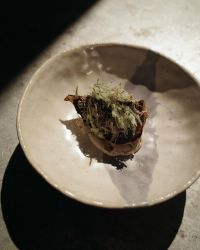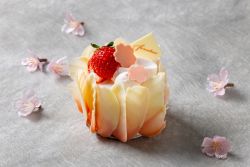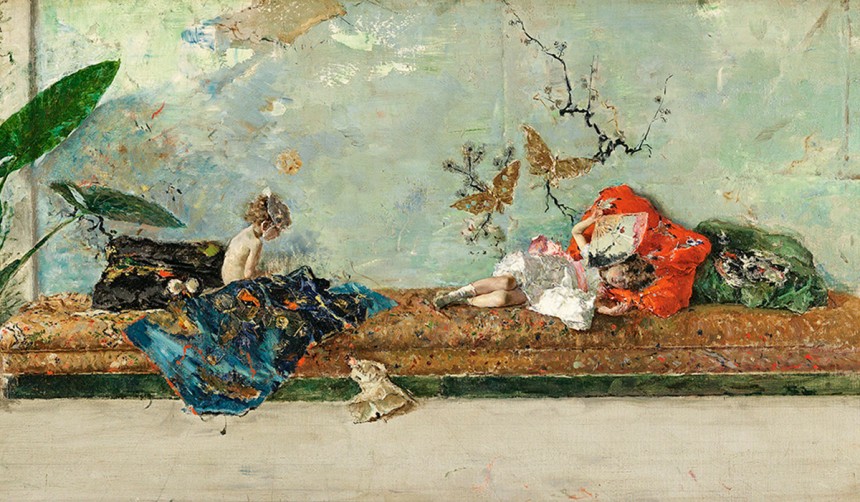
October 16, 2015
Captive Beauty
The Ichigokan beats with the artistic pulse of Spain
The Mitsubishi Ichigokan was not always an art gallery. The original building—of which the present one is an exact copy—was actually built as a Victorian office building. Although it is now an art gallery, its design and dimensions are not what you would expect. Its spaces are smaller and, in a sense, more confidential, while its corridors and staircases are more maze-like.
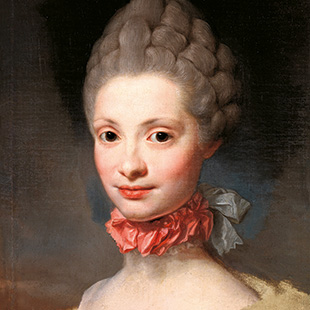
by Anton Rafael Mengs
But while this presents constant challenges, it also has advantages. The present exhibition “Captive Beauty: Treasures from the Prado Museum” is a perfect fit, focusing on smaller canvases from the world-famous Spanish art museum. The spaces of the Ichigokan allow more intimate encounters with these works, most of which are by extremely well-known artists.
The collection of the Prado was originally formed around a nucleus of works accumulated by the Hapsburg and Bourbon monarchs, who ruled over Spain from the 16th to 19th centuries. While the Hapsburgs had strong connections to the Netherlands, the Bourbons were connected to France. Both dynasties looked to the art of Italy, so it’s very much a collection that covers the best of European art.
This exhibition is a revival of one held at the Prado Museum itself in 2013. In transferring the show to Tokyo, it’s pleasing to see that the organizers have not compromised with lesser, fewer, or inferior works. Among the highlights are a selection of Flemish paintings that are full of the spirit and vitality of the departing Middle Ages.
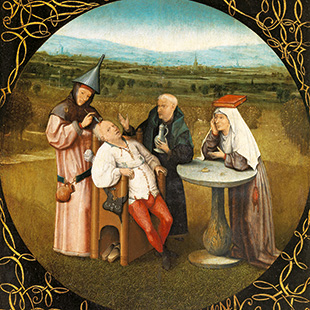
by Hieronymous Bosch
While the Italian Renaissance painters had their classical models and followed newly discovered laws of perspective, the strong points of their Northern counterparts were an incredible attention to detail, immaculate brushwork, and a vigorous imagination.
We get a taste of this in Hans Memling’s The Virgin and Child with Two Angels (1480-90) and Hieronymus Bosch’s Extraction of the Stone of Madness (1500-10), which evokes the more hallucinogenic works for which he’s famous.
Also worth noting are the sections of Mannerist and Baroque paintings. These are full of the emotive and showy imagery that was increasingly deployed by Catholic Europe in its “culture war” against the rise of Protestantism.
Included here are some small paintings by El Greco, whose style yearns for the bigger canvas, a couple of poignant martyrdom scenes by Guido Reni, a voluptuous Tintoretto, and a selection of works by the tireless brush of Rubens. These are all a little noisy, so that the most impressive piece here is instead the court painter Diego Velázquez’s stern portrait of Francisco Pacheco, who was both Velázquez’s teacher and father-in-law—an intimidating combination!
These paintings coincide with the period of greatest Spanish power. Later years saw a period of decline, as Spain increasingly took on the character of a cultural backwater, occasionally enlivened by artists and influences from abroad, like the neoclassical precision of the German painter Anton Raphael Mengs, seen in his court painting María Luisa de Parma, Princess of Spain (1765).
Spearheaded by several works of Goya, the exhibition pushes strongly into the 19th century, showing that, whatever the trends, Spain has always been a country with a strong artistic pulse—and in the muffled spaces of the Ichigokan, you can hear it beat.
Mitsubishi Ichigokan Museum. Until Jan 31, 2016.


